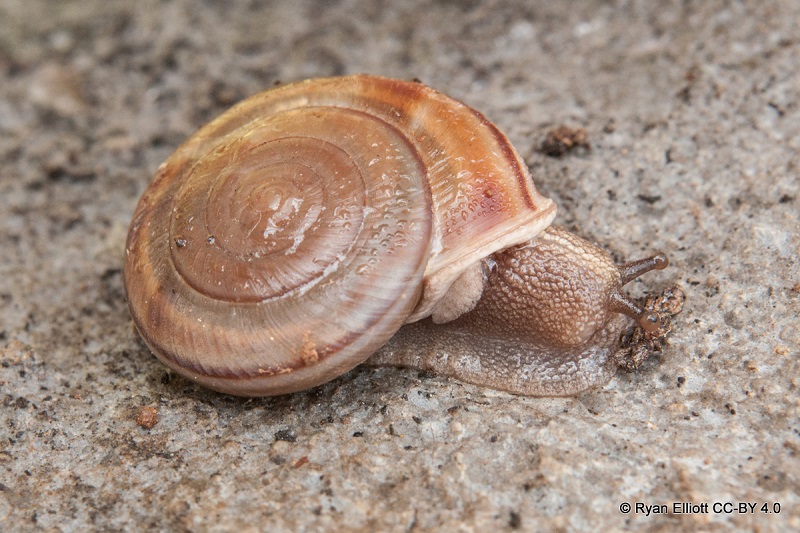
Every type of organism deserves our respect, especially those who were already ancient before the dinosaurs first arrived on the scene.
When hearing "snail" most people think of a typical non-native garden snail. Nature is much more interesting than that. California boasts at least 240 named species of land snails, some of which are known only from a handful of field collections. 71 of these snails are considered imperiled and are tracked by CNDDB. Each of these species survives using staggeringly complicated biochemistry and carries along with it a long history of evading extinction by adapting at a snail’s pace.
Since snails are often found in cool, moist environments, many of these species will face increased pressures in the coming decades due to climate change. Some of California’s snail species will likely go extinct before ever being described. The people who are remembered as the legends in a given field of science are often just the first people who decide to investigate a topic in detail. New snail discoveries are made by curious amateurs. If you want to do some cutting-edge conservation science, you may find delving a bit into malacology quite rewarding.
The Shasta sideband snail (Monadenia troglodytes troglodytes) was originally known from a set of shells found in a cave with ice age fossils of extinct creatures such as the Shasta ground sloth. The 1933 publication that first described the shells said they belonged to an extinct species. Later research determined these snails are very much alive. They are restricted to limestone outcroppings in the vicinity of Shasta Lake. The US Forest Service now includes M. t. troglodytes on its list of sensitive species and NatureServe categorizes it as Critically Imperiled.
The Shasta sideband shown here was found in 2017 only a few steps away from a paved public road. The next time you’re in snail country, walk slow and keep your eyes open. You never know what you might find! If you spot anything rare, be sure to share your findings with CNDDB through our Online Field Survey Form.